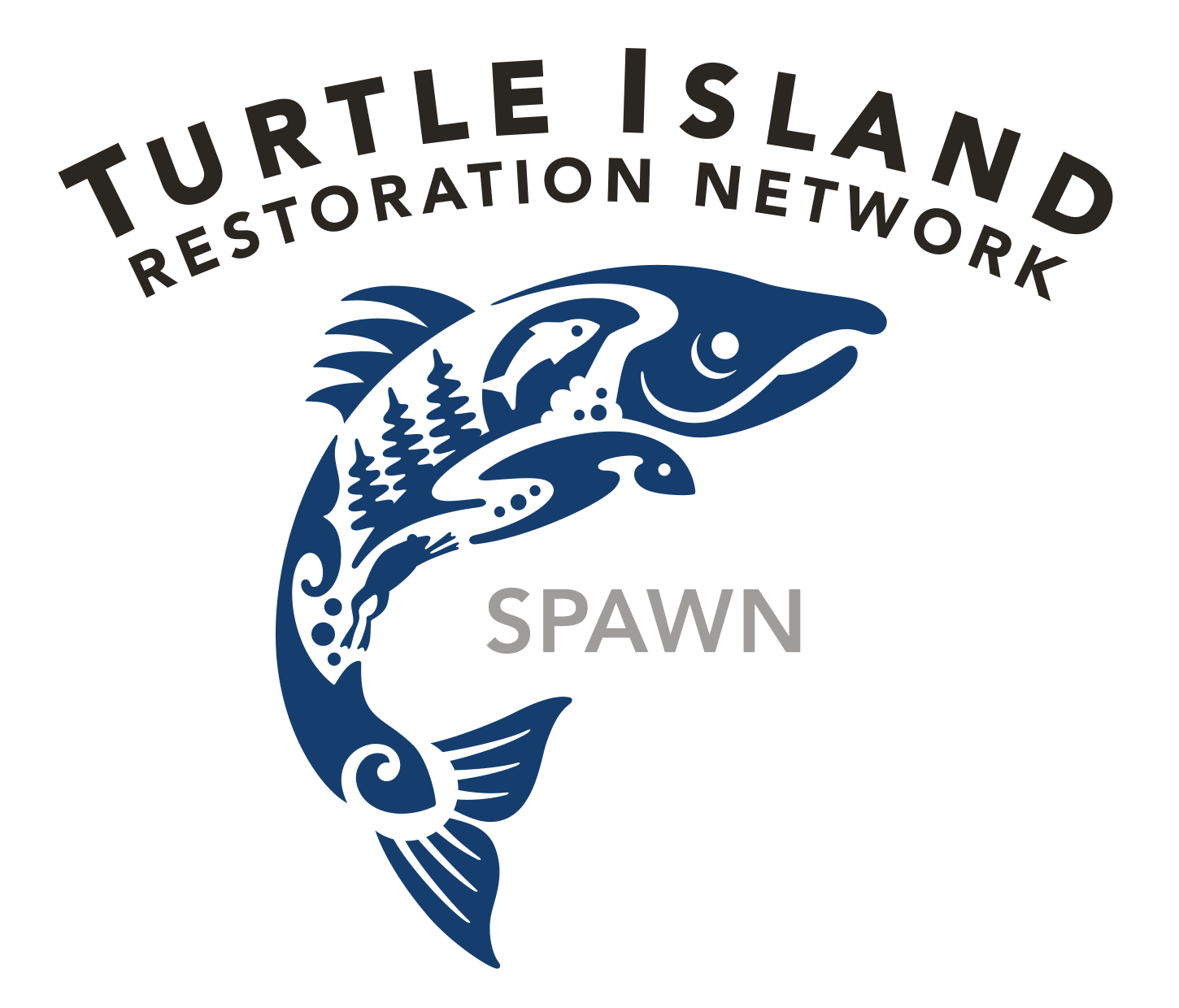Turtle Island: Protecting Communities, Protecting the Environment
By Jack Long, WellKind Forestry Intern
Jack Long was an intern for WellKind Forestry during our spring 2022 session, exploring riparian habitat restoration and other environmental issues.
When we visited the Turtle Island Restoration Network’s office near Olema, California, I learned how people are inherently linked to the environment they inhabit. If, for example, a creek’s bank is depopulated of trees to make way for the development of houses and roadways, that bank will be far less capable of withstanding surging floodwaters. Without roots to hold the land together and without space for the river to expand and lessen the surge, the bank will be eaten away by the thundering flow. When the force of erosion has inflicted enough damage upon the earthen rampart that it can no longer stand, the bank will sink into the raging channel—and with it will come down the homes and roads built upon its back.
In total, environmental disasters caused roughly $148 billion in damages during 2021 (NOAA National Centers for Environmental Information, 2022). It is, therefore, of the greatest importance for towns, cities and communities of every stratum to protect their interests against environmental catastrophes, such as floods.
Sitting on the site of the former town of Tocaloma, Turtle Island’s office is itself an example of their work and philosophy. Dedicated to the defense of native salmon populations and the protection of vulnerable communities along the Lagunitas Watershed, their program, the Salmon Protection and Watershed Network (SPAWN), revitalized the site and transformed it into a flood control bastion that also works to increase the resilience of local wildlife.
There I learned that while flood prevention can take many forms, not all protect the interests of the greater environment. Retaining walls create hard barriers which limit the width of a stream. As a result of this confinement, when the volume of water increases, the flow can dramatically increase. This then alters the structure of the waterway and removes the specific conditions that salmon require in order to reproduce.
I learned that there are alternatives to traditional flood control that can both defend communities from natural disasters while bolstering the positive aspects of the local environment. Riparian restoration techniques —such as those employed by Turtle Island—defend communities by mitigating the effects of flooding through the creation of wide, vegetated areas where streams can expand during times of increased flow.
Instead of moving vertically and flooding over the top of retaining walls, the water moves laterally and inundates open areas. Bolstered by native plants and trees, these floodplains absorb a good deal of water and decrease the speed of the flowing torrent. Lower water speeds and lower water levels means that flooding onto roadways is less likely and, due to the decreased speed, less lethal. Additionally, with strong root networks from native trees holding banks together against slower moving water, the effects of erosion are likewise mitigated.
I learned that riparian restoration practices don’t just defend communities against flooding, they also promote the general welfare of the local environment. Reintroducing large numbers of native plants can trigger the return of various species that rely on them. Wooden storm detritus that washes into floodplains can provide perfect shelter for endangered salmon to spawn. As a result, riparian techniques help promote biodiversity and thereby increase the carbon sequestration capability of a given area. This aids with the drawdown of greenhouse gasses from the atmosphere and contributes to the fight against global climate change. These practices fight both the immediate, local effects of climate change and aid in the struggle against its root causes.
At Turtle Island, I learned that defending communities doesn’t have to come at the expense of the environment. We can and we must combat climate change locally and globally. Riparian restoration techniques allow us to do just that. They protect towns. They protect homes. They protect families; they protect the environment. In short, they protect us all.
References
NOAA National Centers for Environmental Information (NCEI). (2022). U.S. Billion-Dollar Weather and Climate Disasters. National Centers for Environmental Information. https://www.ncei.noaa.gov/access/monitoring/billions/

